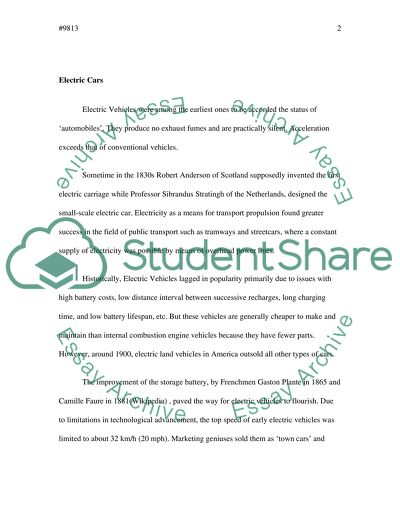Cite this document
(A Steam Car and Electric Cars Research Proposal, n.d.)
A Steam Car and Electric Cars Research Proposal. Retrieved from https://studentshare.org/technology/1544273-cars-history
A Steam Car and Electric Cars Research Proposal. Retrieved from https://studentshare.org/technology/1544273-cars-history
(A Steam Car and Electric Cars Research Proposal)
A Steam Car and Electric Cars Research Proposal. https://studentshare.org/technology/1544273-cars-history.
A Steam Car and Electric Cars Research Proposal. https://studentshare.org/technology/1544273-cars-history.
“A Steam Car and Electric Cars Research Proposal”, n.d. https://studentshare.org/technology/1544273-cars-history.


